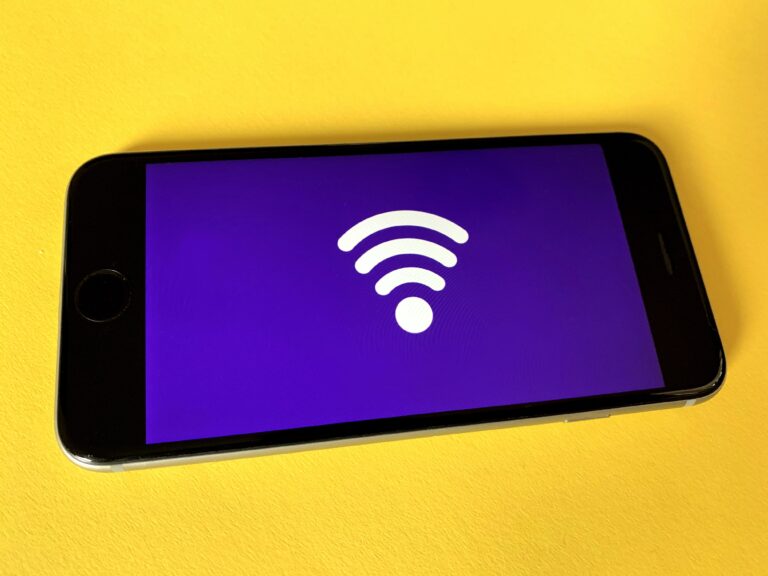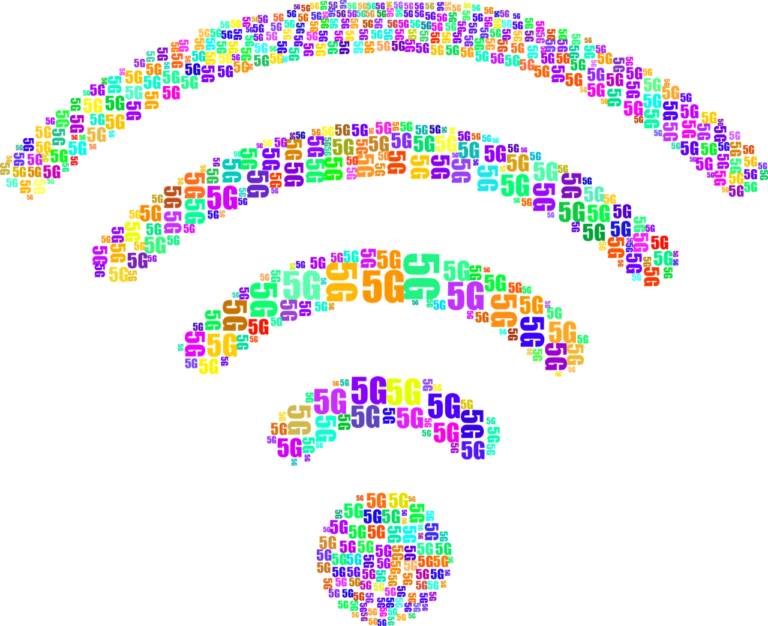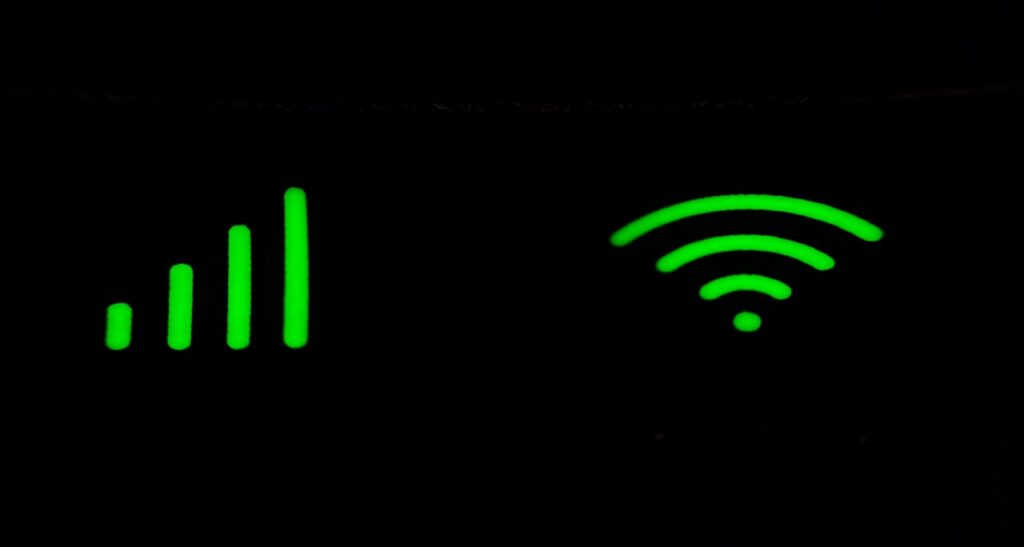Are you ready for Wi-Fi 6E?
The wireless technology industry recently got an amazing boost. Wi-Fi 6E comes two years after the final rollout of Wi-Fi 6 in late 2019. Wi-Fi 6E is an improvement to its precursor with benefits like better speeds, more connection capacity, and lower latency.
Anyway, what is Wi-Fi 6E? Why is it faster? And how and when can you get it? Stay with us to find out everything you need to know about this new technology.

What is Wi-Fi 6E? Wi-Fi is a wireless technology that amplifies Wi-Fi 6 into the 6GHz spectrum.
When is it out? The technology is already out and is presently available in the United States. Nonetheless, Wi-Fi 6E still needs approval in other nations.
What will Wi-Fi 6E cost? The cost of the technology is majorly dependent on the route that you buy. It goes for over $1000/#1000/KES113,000 for Mesh routers.
Release Date
The Wi-Fi Alliance, the institution that rolls out new wireless technologies got a nod from the Federal Communication Commission (FCC) to open the 6GHz for unlicensed broadcasting in 2020 but certification of devices for Wi-Fi 6E started at the beginning of 2021.
Early this year, the number of Wi-Fi devices available in the market has gone up and it is expected to go up as many regulatory bodies across the globe are considering opening up Wi-Fi 6Hz band to Wi-Fi 6E devices. Notably, the global availability of Wi-Fi is utterly dependent on regulatory organizations.
Routers and Pricing
You can get Wi-Fi 6E routers from major manufacturers like Netgear, Orbi, Linksys, and Asus. Prices range from ISP rental charges around $20/£20 a month to over $1,000/£1,000 to purchase yourself.
For instance, the Netgear Nighthawk RAXE500 goes for around $579/£449/AU$900/KES63,830. The best available Mesh routers are more expensive – the price depends on the number of extenders.
The Netgear Orbi Whole Home Tri-band Mesh Wi-Fi 6 System (RBK853), for example, goes for $999/£899/AU$1,699/KES113,583.
Wi-Fi 6 specs and performance
Truly, the base technology of Wi-Fi 6E is the same as Wi-Fi 6 except that it opens up the 6GHz band of the radio spectrum to Wi-Fi signals.
Consequently, there are more available networking channels for devices to use at Wi-Fi 6 speeds. The biggest challenge in Wi-Fi 6 connections is not lower speed per se, but interference that arises from too many connections over the 2.4GHz and 5GHz bands. These interferences can lead to slower speeds or dropping of connections.
In many scenarios, opening up the 6GHz band opens up as many as four times as many channels for the Wi-Fi network to use leading to faster and better connections for more gadgets.
Wi-Fi 6E will have connections greater than 1Gbps in the future for both home and commercial use. Also, there will be more connected devices that can attain such high speeds.
Despite the many amazing benefits of 6GHz, there is one challenge. 6GHz signals have a smaller wavelength as compared to 5GHz and 2.4Ghz signals which makes them susceptible to interferences from physical objects like walls and other physical obstacles.
Therefore, devices in a mesh network will tend to transmit signals among themselves using lower bands that provide better signal penetration but transmit in the 6GHz to the end-users.
In a nutshell, innovations and inventions in wireless technologies have been immense in the 21st century. This can be attributed to factors such as the increased need for portable devices and faster connection to the internet. Technologies like 5G and Wi-Fi 6E show that the increased need for faster wireless connectivity will continue to push the industry forward.

Do you think the advancement of
wireless protocols is proportional to infrastructure? Leave a comment below.

